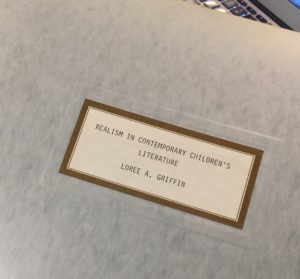I spent part of this past weekend with the leadership team of the Women’s Impact Network, a group of Worcester Polytechnic Institute alumnae and friends committed to elevating the impact of women before, during, and after their time at WPI. It was a remarkable weekend filled with passionate conversations, deep thinking, and exciting plans. I left inspired, as I always am, by the women who drive this organization and its work. And I’ve been thinking since about a conversation I’ve had so many times in the past ten years or so. It always starts something like this:
Him or Her: “You went to an engineering college?”
Me: “Yep. Worcester Polytechnic Institute. WPI for short.”
Him or Her: “Go figure. I mean, you write children’s books. Do you wish you could go back and choose college all over again?”
These folks seem to think that attending WPI was a mistake for me, since I went on to make a career in words. Nothing could be further from the truth. As proof (you know how we scientists love to cite evidence) I offer this snapshot of my Sufficiency, a humanities requirement for all WPI undergraduates. I was twenty years old when I submitted ‘Realism in Contemporary Children’s Literature.’ In it I wrote that we humans face “menaces and cruelties” in abundance, but as a society “have chosen not to ignore these atrocities, but to deal with them—maybe even begin to rectify them—by helping our children to grow up understanding these darker aspects of our world through the literature we give to them as they grow.”
My STEM education at WPI was not a misstep. It was the beginning.


